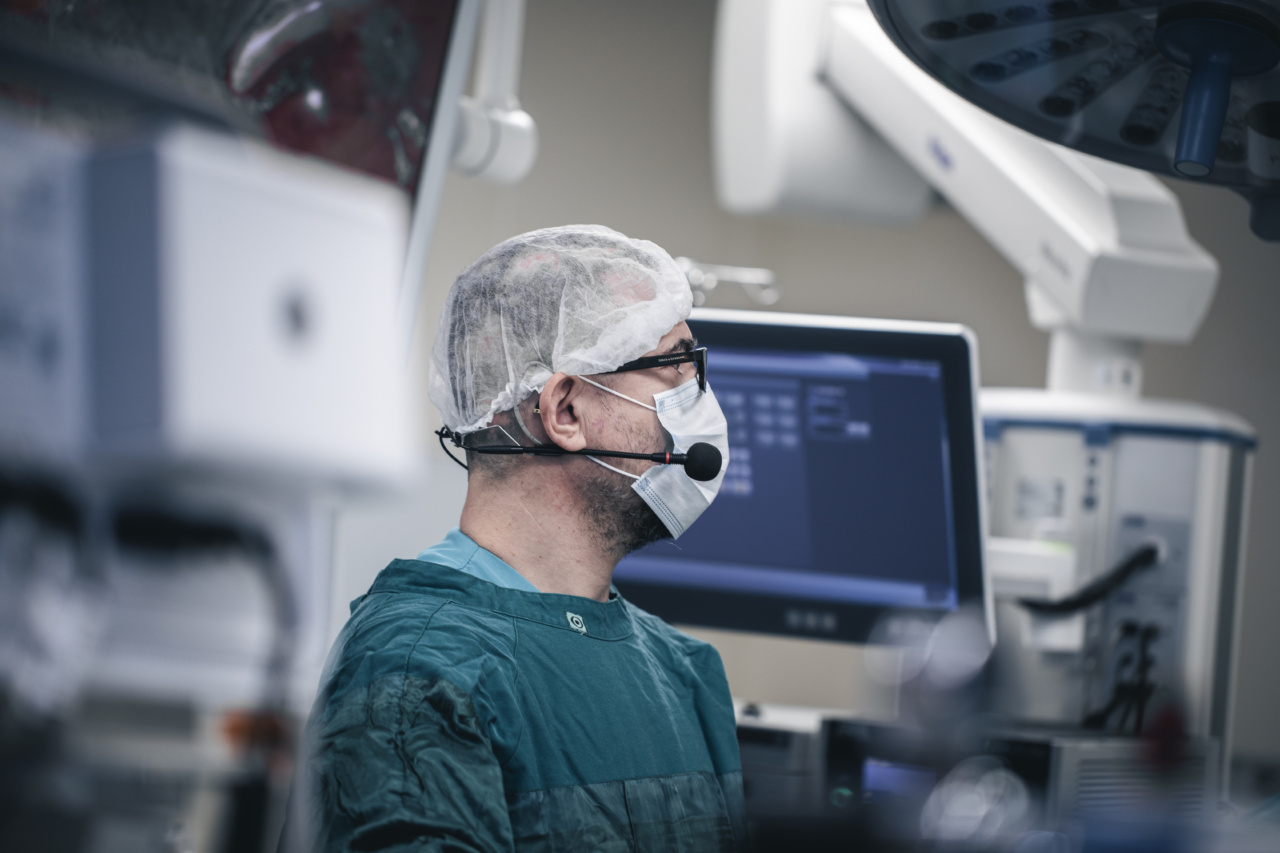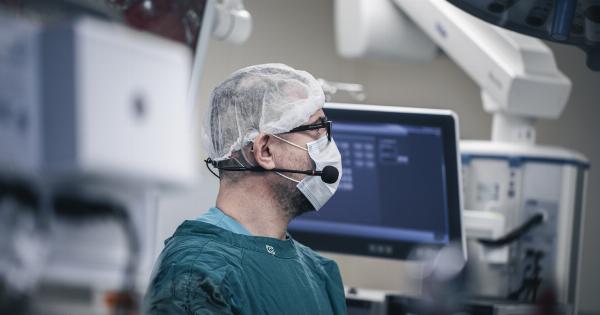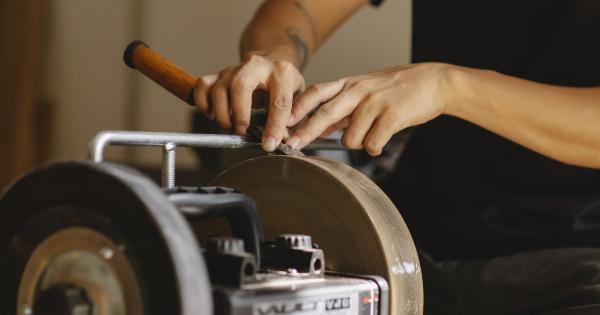Hernias are a common medical condition that affects millions of people around the world. When a hernia occurs, an organ or tissue protrudes through a weak spot in the surrounding muscle or connective tissue.
While many hernias can be managed with non-surgical methods, sometimes hernia surgery becomes necessary to alleviate pain and prevent further complications. In this comprehensive guide, we will discuss everything you need to know about hernia surgery, including its types, indications, surgical procedures, recovery process, and potential risks and complications.
What is a Hernia?
A hernia occurs when an organ or tissue pushes through a weak spot or opening in a muscle wall or connective tissues that hold it in place. The most common types of hernias include:.
Inguinal Hernia
Inguinal hernias are the most common type, particularly in men. They occur when a part of the intestine or abdominal tissue protrudes through the inguinal canal, a passageway in the groin region.
Inguinal hernias may cause discomfort, pain, or a visible bulge in the groin area.
Femoral Hernia
Femoral hernias are more common in women. They occur when abdominal tissue enters the femoral canal, a small passageway near the groin. Similar to inguinal hernias, femoral hernias can cause pain, discomfort, or a noticeable bulge in the groin area.
Umbilical Hernia
Umbilical hernias occur when part of the intestine or abdominal tissue pushes through the abdominal wall near the belly button (navel). This type of hernia is common in newborns, but it can also affect adults.
Umbilical hernias often disappear on their own in children, but surgical intervention may be required for adults.
Incisional Hernia
Incisional hernias develop near or at the site of previous surgical incisions. They occur when organs or tissues push through weakened layers of the abdominal wall.
Incisional hernias are more likely to occur in individuals who have undergone abdominal surgery.
Hiatal Hernia
Hiatal hernias occur when part of the stomach pushes upward through the diaphragm into the chest cavity. In most cases, hiatal hernias don’t require surgery unless they cause severe symptoms or complications.
When is Hernia Surgery Needed?
Hernia surgery is not always necessary. Some small hernias may not cause any discomfort or complications, and their management can be done with non-surgical methods such as lifestyle changes, wearing hernia belts, or using trusses.
However, surgery becomes necessary in the following situations:.
1. Pain and Discomfort: If the hernia causes persistent pain or discomfort that affects your daily activities, surgery may be recommended.
2. Growing Hernia: If the hernia increases in size over time, surgery might be necessary to prevent it from getting larger or becoming trapped.
3. Incarcerated Hernia: If a hernia becomes incarcerated, meaning it becomes trapped outside the abdominal wall and cannot be pushed back in, emergency surgery is required.
Incarceration can lead to strangulation, cutting off blood supply to the herniated organ or tissue.
4. Strangulated Hernia: When an incarcerated hernia’s blood supply is cut off, it becomes a strangulated hernia. This is a medical emergency that requires immediate surgical intervention to restore blood flow and prevent tissue death (necrosis).
Surgical Treatment Options for Hernias
Hernia surgery aims to repair the weakened muscle wall or close the opening that allows the hernia to protrude. The specific surgical procedure depends on the type and severity of the hernia. Some common surgical treatments include:.
Open Hernia Repair
In an open hernia repair, the surgeon makes an incision near the hernia site to access and repair the hernia. The weakened area is reinforced using stitches, sutures, or a surgical mesh to provide support and prevent further protrusion.
Open hernia repair is commonly used for inguinal and incisional hernias.
Laparoscopic Hernia Repair
In laparoscopic hernia repair, the surgeon makes several small incisions and inserts a laparoscope (a thin tube with a camera) and special surgical instruments.
With the help of the camera, the surgeon guides the instruments to repair the hernia from within. Laparoscopic hernia repair offers several advantages, including smaller incisions, reduced scarring, and faster recovery time.
Robotic Hernia Repair
Robotic hernia repair is a minimally invasive surgical technique in which the surgeon controls robotic surgical instruments to repair the hernia.
The robotic system provides enhanced precision, flexibility, and control, allowing for more complex repairs. Robotic hernia repair is particularly useful for larger or more complicated hernias.
Recovery Process after Hernia Surgery
The recovery process after hernia surgery depends on several factors, including the type of surgery performed, overall health, and individual healing abilities. Here are some general guidelines:.
1. Hospital Stay: In most cases, hernia surgeries are performed on an outpatient basis, meaning you can go home the same day. However, some complex or emergency surgeries may require a short hospital stay.
2. Pain Management: Pain and discomfort are common following hernia surgery. Your doctor will prescribe pain medications to manage any post-operative pain.
It’s essential to follow the prescribed dosage and consult your doctor if you experience severe or prolonged pain.
3. Activity Restrictions: It’s crucial to limit physical activity during the initial recovery phase to allow the incision site to heal properly.
Your surgeon will provide specific instructions on lifting restrictions, exercise, and returning to normal activities.
4. Wound Care: Proper wound care is essential to prevent infection and ensure proper healing. Your surgeon will provide instructions on how to care for the incision site, change dressings(if needed), and when to follow-up for a wound check.
Potential Risks and Complications
Like any surgical procedure, hernia surgery carries some risks and potential complications. These may include:.
1. Infection: There is a risk of developing an infection at the surgical site. Signs of infection include increased pain, redness, swelling, or pus-like discharge.
It’s important to follow post-operative care instructions to minimize the risk of infection.
2. Recurrence: In some cases, hernias may reoccur after surgery. The risk of recurrence depends on various factors, including the size and type of hernia, underlying health issues, and surgical technique used.
Discuss the likelihood of hernia recurrence with your surgeon before the procedure.
3. Chronic Pain: Although hernia surgery is aimed at relieving pain, chronic pain can develop after the procedure. This occurs in a small percentage of patients and may require further evaluation and management.
Conclusion
Hernia surgery is a common surgical procedure done to repair hernias that cause pain, discomfort, or complications. The type of surgery depends on the specific hernia and its severity, and the recovery process varies for each individual.
While hernia surgery can carry some risks and complications, it is generally a safe and effective method for repairing hernias and improving quality of life. If you suspect you have a hernia or have been advised to undergo hernia surgery, consult with a qualified healthcare professional for a proper evaluation and personalized treatment plan.

























